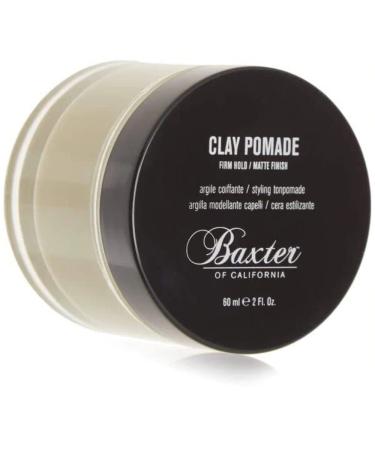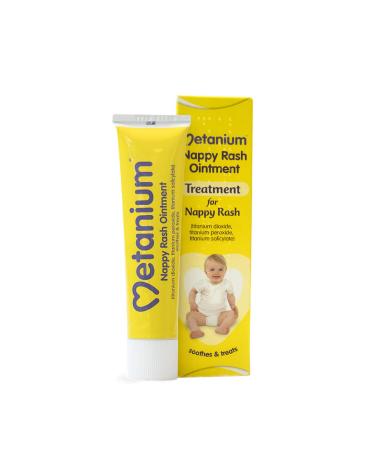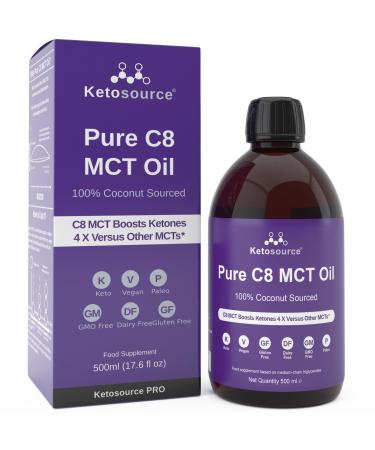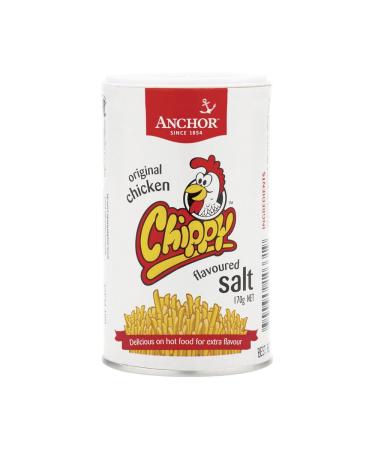Felicia medium large adult salmon
Why grain-free and hypoallergenic felicia ?
- To ensure that our lovely friends are fed in accordance with their natural living conditions and live healthier lives, we work with our nutritionists.
- We've prepared a hypoallergenic formula with a reduced grain content.
- Felicia, with its highly digestible animal protein sources, has been specially developed for digestive and allergy sensitivities.
- Free of beef, dairy, wheat, soy, potatoes, artificial sweeteners, colors, chemical flavors, and other substances associated with allergic reactions.Free of GMOs!
Felicia medium large adult salmon:
- Felicia adult salmon is a special food for sensitive adult dogs.
- Fish-based protein source minimizes the risk of food sensitivities thanks to the high protein content from salmon.
- Because large breed dogs are prone to joint problems, Felicia Adult Salmon is enriched with a high amount of glucosamine and chondroitin.
- In addition, the combination of omega 3-6 fatty acids it contains supports the maintenance of healthy skin and contributes to the development of a vibrant, silky, and shiny coat.
With regular consumption,:
- Our lovely friend
- The immune system is strengthened,
- The amount and odor of stool are reduced,
- Strong and shiny fur is formed,
- The health of the urinary tract and kidneys is protected,
- You can observe that digestibility is increased and a dynamic body structure is achieved.
Ingredients:
- Dried salmon protein (2),
- Baldo rice, corn, salmon oil, peas, anchovy meal,
- Brewer's yeast, anchovy oil, carob, hydrolyzed chicken liver,
- Nucleotide yeast protein, dried sugar beet, minerals,
- Prebiotic mannan oligosaccharides, seaweed,
- Blueberry powder, yucca extract, psyllium, marigold powder.
Analytical constituents:
- Protein:
- Fat content:
- Crude ash: 8
- Crude fiber: 2.5
- Omega-6: 3.5
- Omega-3: 1.5
Vitamin and other supplements:
- Vitamin A (E672): 20,000 IU kg
- Vitamin D3 (E671): 1,500 IU kg
- Vitamin E (3a700): 360 mg kg
- Vitamin C: 160 mg kg
- Niacin: 16 mg kg
- Copper (as sulfate): 15 mg kg
- Zinc (as sulfate): 80 mg kg
- Zinc (as chelate): 20 mg kg
- Manganese (as sulfate): 27 mg kg
- Selenium (as selenite): 0.26 mg kg
- Glucosamine: 1,000 mg kg
- Chondroitin: 700 mg kg
- EU-approved oxidants
Transition process when changing food:
- You should always introduce a new food to your pet gradually.
- Suddenly changing your pet's food can cause health problems.
- It's important to gradually mix the new and old food so the digestive system and metabolism can adapt to the new feeding pattern.
- This gradual transition will help reduce the likelihood of developing stomach upset and
- following the food change.
- To prevent your pet from having trouble adapting to a new habit,
- You should gradually introduce the new food over a week.
- Each day, you should increase the amount of new food and decrease the amount of old food.
- You should definitely not add homemade food to the diet when switching to the new food.
- For your pet that is fussy about food,
- Try feeding the new food from your hand like a treat.
- Always have clean, fresh water available alongside the food.
- Your pet should not be left hungry when starting a new food.
- When you start a new food, constantly check your pet's stool,
- Energy levels, and signs of possible allergies and gastrointestinal distress.
- First 3 days25 new food, 75 old food
- Second 3 days50 new food, 50 old food
- Third 3 days75 25 new food
- Fourth After 3 days100 new food













